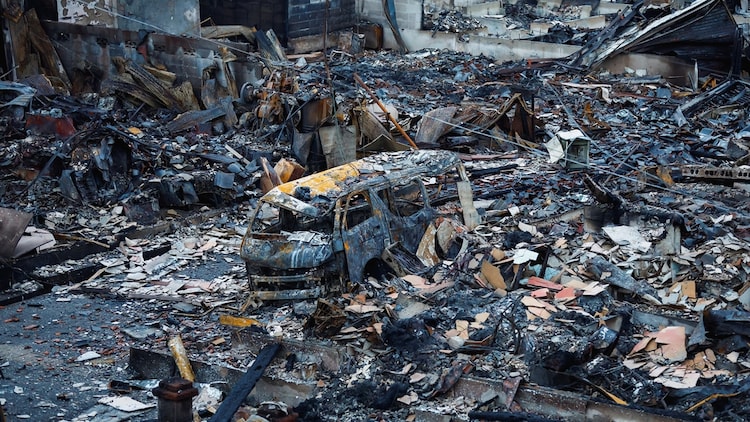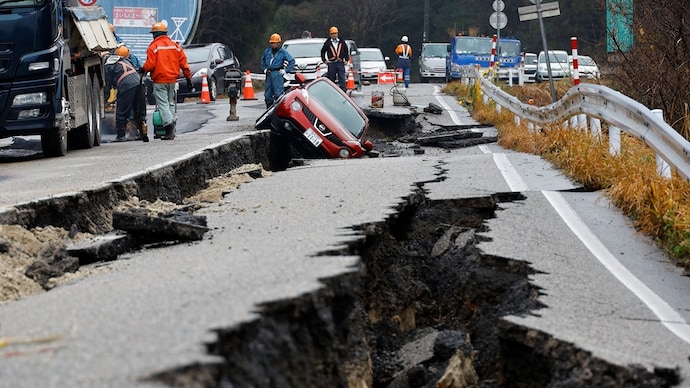
Japan earthquake: What caused the deadly tremors and the scary aftershocks?
On January 1, the west coast of Japan was struck by a massive magnitude-7.6 earthquake near the Noto Peninsula in Ishikawa prefecture, the strongest quake to hit the area in over a century.

In Short
- The 7.6 magnitude quake caused extensive damage
- The seismic activity in Japan is a result of the constant grinding of tectonic plates
- The recent quake in Ishikawa operates under a different mechanism
Rescuers in Japan continued their search to find survivors of a dangerous New Year's Day earthquake which has claimed over 80 lives.
The urgency stems from a three-day survival window, ending Thursday afternoon, as survival rates significantly diminish after this timeframe. Challenges such as severed roads and the remote nature of the worst-affected areas have complicated the rescue mission. The Noto peninsula has experienced nearly 600 aftershocks since the initial quake, heightening concerns about potential additional damage to infrastructure.
On January 1, the west coast of Japan was struck by a massive magnitude-7.6 earthquake near the Noto Peninsula in Ishikawa prefecture, the strongest quake to hit the area in over a century. But, what caused the earthquake and the dangerous aftershocks?
WHAT CAUSED THE JAPAN EARTHQUAKE?
Japan, a nation accustomed to the tremors and movements of the Earth, has once again been reminded of its precarious position atop four converging tectonic plates.
The 7.6 magnitude quake caused extensive damage, with buildings reduced to rubble and fires breaking out in the aftermath.
The seismic activity in Japan is a result of the constant grinding of the Pacific Plate beneath the North American Plate, a process known as subduction. This geological interaction was responsible for the country's largest recorded earthquake — a magnitude-9.1 tremor that devastated the Tohoku region in 2011, unleashing a deadly tsunami.
However, the recent quake in Ishikawa operates under a different mechanism, according to Adam Pascale, a seismologist at the Seismology Research Centre in Melbourne, Australia, who spoke to Nature.
Unlike the eastern quakes, the tremors in Ishikawa are caused by faults within the plate itself, which slip due to the built-up stress from the tectonic plates pushing against each other.
THE SCARY AFTERSHOCKS
The main quake, believed to have originated from a reverse fault stretching 150 kilometres beneath the peninsula, has been followed by numerous aftershocks, raising concerns about the stability of the region. The wide source area of the fracture and multiple fault ruptures inside the plate likely triggered these subsequent tremors.
Additionally, fluids deep within Earth's crust may contribute to the seismic activity by weakening fault zones and causing them to slip.
In response to the disaster, Japan's earthquake early-warning systems, significantly improved since the 2011 Tohoku event, promptly issued tsunami warnings and evacuation orders. Rescue efforts have been hampered by the aftershocks, which pose a danger to both the rescue teams and the structural integrity of weakened buildings.
Scientists have warned that more aftershocks are expected, and the possibility of another significant quake cannot be ruled out.

